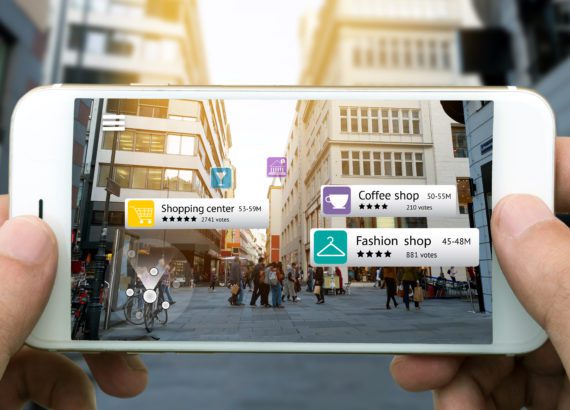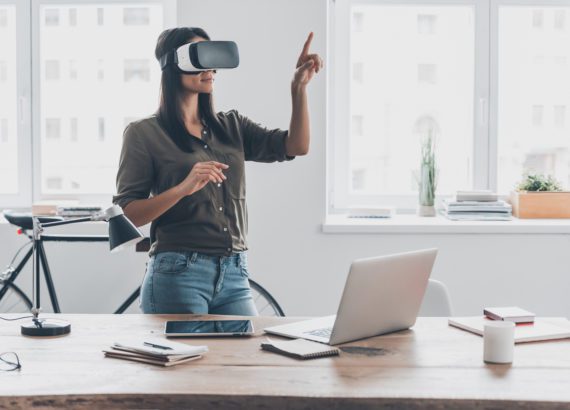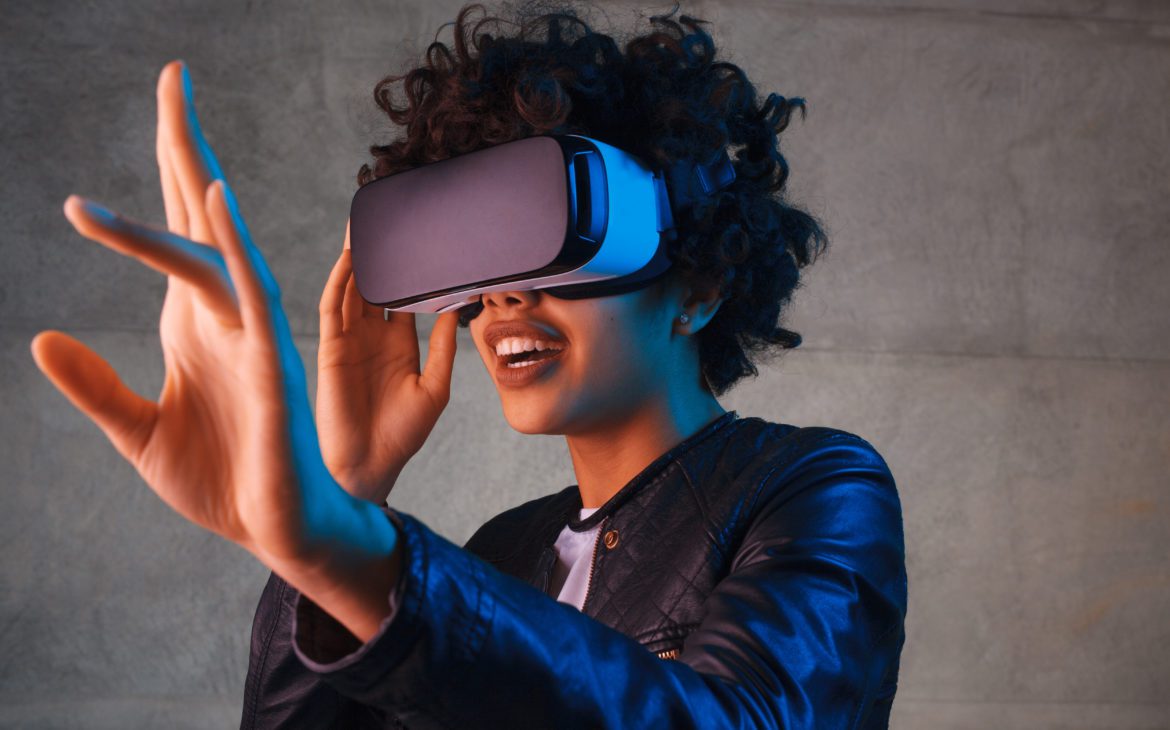We’ve long anticipated that virtual reality (VR) will change the world. VR promises to create immersive experiences with multiple applications in everything from gaming to medicine to business training. But extended reality (XR) reaches beyond VR. And we can now add augmented reality (AR) and mixed reality (MR) to our virtual universe.
What is extended reality?
Extended reality is a blanket term for AR, MR, VR and other potential virtual realities we may experience in the future. These enhanced realities are changing how we enjoy music, movies, sports, and other forms of entertainment. VR, AR, and MR also provide exciting opportunities for companies to market and manufacture their goods and services and train their employees. Whether it’s a medical student practicing on a virtual patient or a pilot simulating an emergency landing, the far-reaching benefits of XR are just beginning.

AR vs. VR vs. MR: how they differ
Augmented reality (AR)
The main difference between virtual vs. augmented reality is that instead of VR’s fully immersive experience, AR works to enhance life as you see it. You may have already experienced augmented reality. You know those lines football commentators draw on your TV screen to analyze plays? That’s AR. And if you’ve ever virtually tried out pieces of furniture in your home from a phone or tablet to see if they’ll match your design scheme, that’s AR too.
Augmented reality combines digital information with the real world, often in real-time, to enhance your experience. Users typically wear AR-enabled goggles or headsets, but many smartphones can now handle AR applications.
AR is an excellent tool for when you shop because it lets you “try it” before you buy it. Other practical uses for AR include visualization for designers and architects and immersive education and training to help employees simulate real-life scenarios.
Virtual reality (VR)
Of all extended reality technology, VR is the most widely known. Virtual reality immerses you in a computer-generated world, using realistic visuals and other sensory input to make you feel like you’re in the simulated environment. VR typically relies on wearable devices to create a life-like experience. When wearing the device, your body’s motions control the virtual movements.
Virtual reality is typically associated with gaming. While VR is a terrific medium for enhancing the gaming experience, it serves many other purposes. Athletic teams now incorporate VR into training and practices. Auto manufacturers use VR to design prototypes and create virtual showrooms for their customers. Medical professionals are even using virtual reality to treat mental health and depression.
Mixed reality (MR)
MR combines the best of VR and AR into an experience that lets you interact with both the digital simulation and the physical world. MR combines input from the user, a computer, and the environment to create this unique experience.
Like VR, MR requires a headset. There are currently two types of wearables on the market that can be used for your MR experience: holographic and immersive devices. Holographic devices enhance your local environment, building off your surroundings and allowing you to interact with the digital enhancements more than you can with AR. MR is a game-changing immersive experience.

The future of extended reality
Because extended reality (XR) offers significant AR/VR/MR applications for businesses and consumers, its popularity is expected to rise. However, since many XR applications use IoT devices and WiFi for certain processes, they’ll likely need a powerful fiber internet connection to run efficiently. Quantum Fiber is virtually all you need.
Interested in learning more about the world of virtual reality? Check out these articles:
Virtual reality for mental health
Is virtual reality the future of social media?








